Easter Island DNA Study Shatters American History
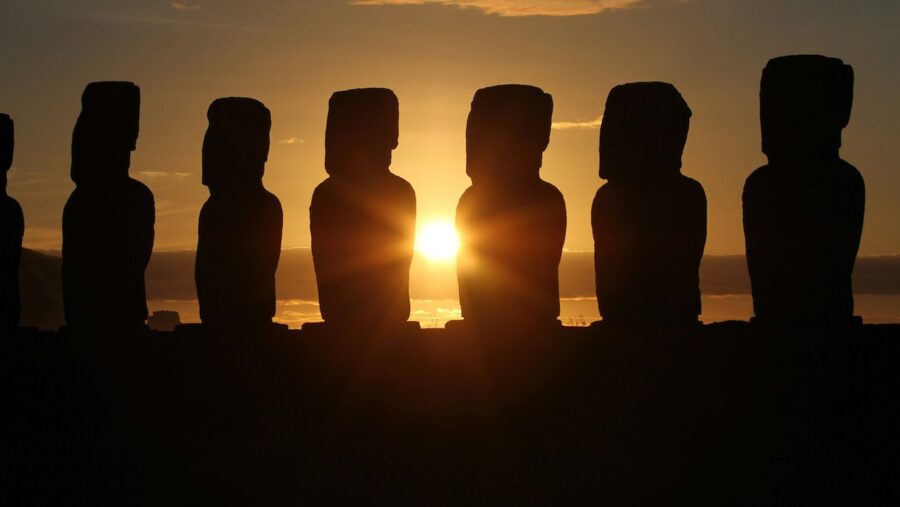
When one thinks about Easter Island these days, the thoughts generally turn to the massive stone statue heads which look like something out of a weird sci-fi movie. They are made even weirder considering they are hundreds and hundreds of years old, made by the Rapanui people. This fascinating culture has been at the center of discussion around its population and the collapse it saw in the 1700s.
Meeting Native Americans?
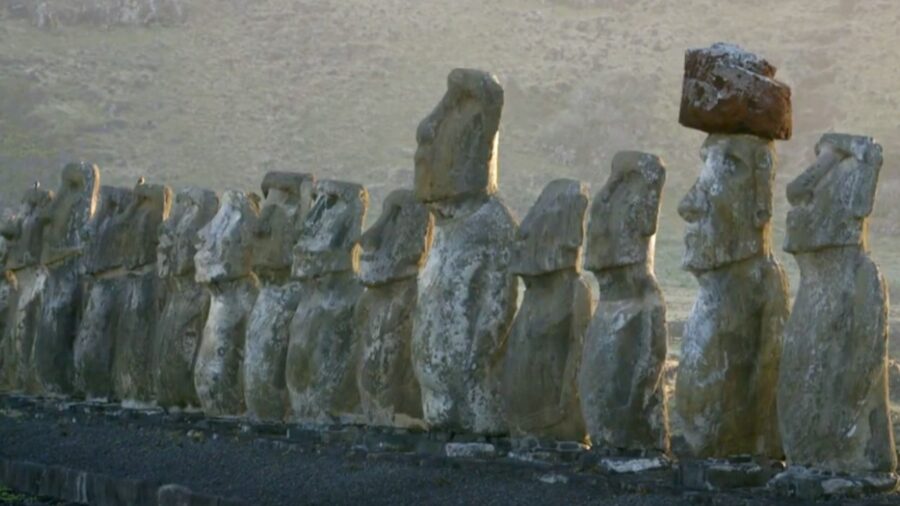
However, recent studies point to the idea that not only did the Rapanui Easter Island population not collapse, but instead actually co-mingled with Native Americans.
This finding considerably flips historical narratives, meaning that inhabitants of Easter Island were crossing the Pacific and actually visiting the Americas.
Well Before Christopher Columbus
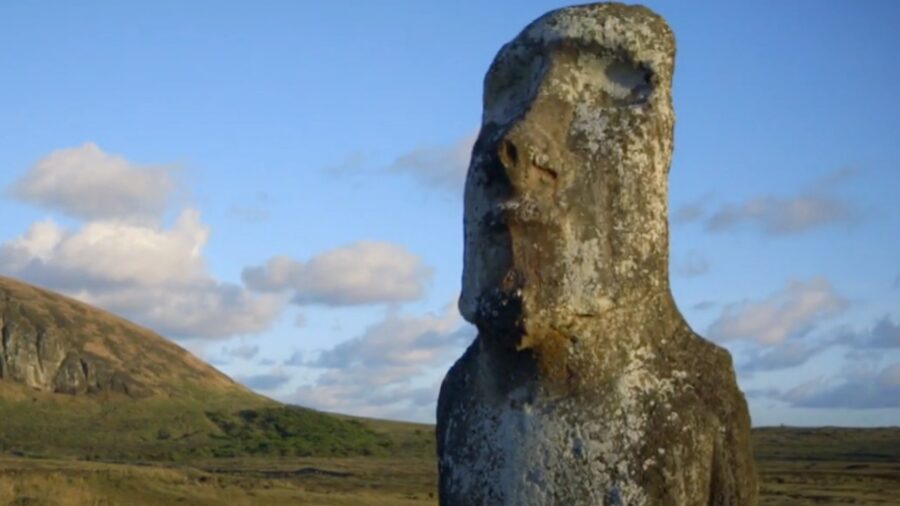
Max Planck Institute for Evolutionary Anthropology archaeogeneticists Stephan Schiffels and Kathrin Nägele studied ancient Rapanui genomes and found that there was some Native American ancestry in there. This finding turns around a couple of long-held beliefs around.
Namely, it means that the Rapanui culture overlapped with Native Americans, possibly well before Christopher Columbus sailed the ocean blue. The relative timeline for this interaction is believed to be between 1250 and 1430 CE.
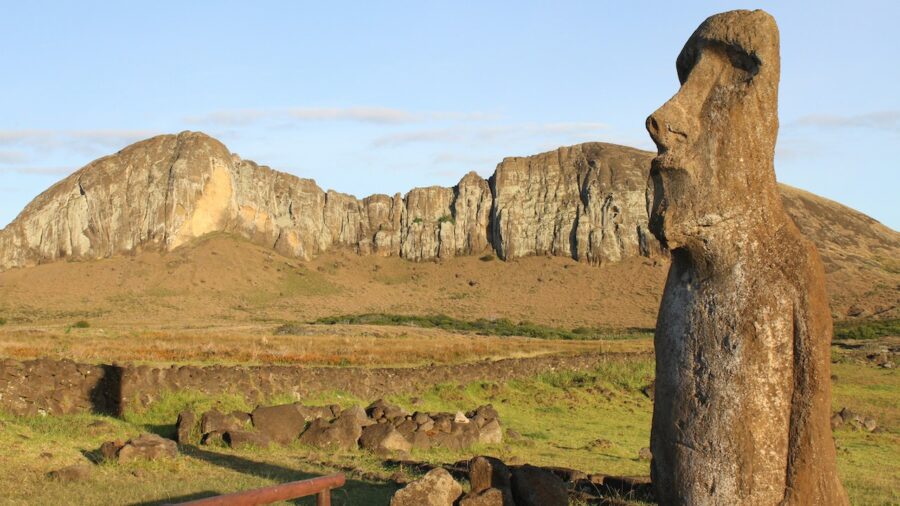
This genetic overlap between the Easter Island Rapanui and Native Americans appears to come from regions of Peru. Why is this important?
Well, Easter Island is damn far from Peru, and a trans-Pacific voyage during that time would have been no easy undertaking. Yet the DNA test supports this travel.
How else could they have Native American genetics? There is currently little evidence to support it was the Native American culture taking the voyage in the opposite direction.
Advanced Navigation Skills
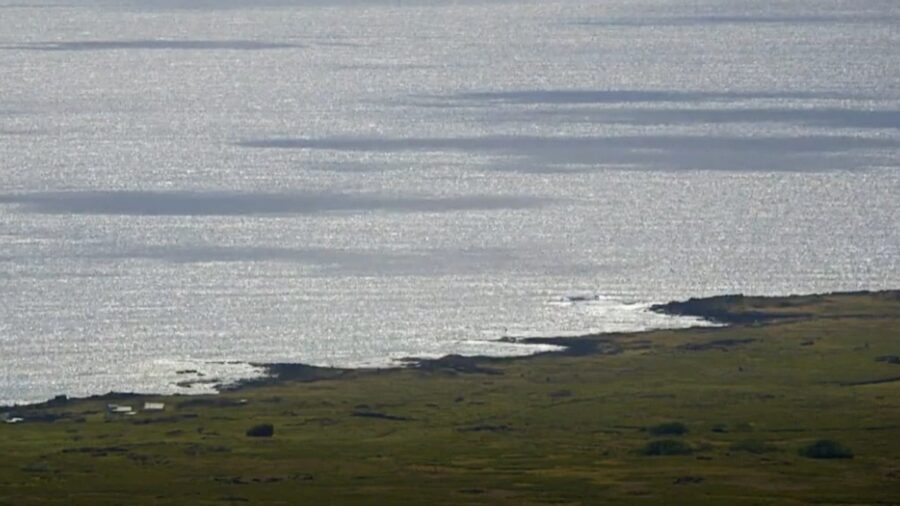
It does make sense that the Easter Island Rapanui could have pulled something like this off. It’s believed and understood that this culture, like other Polynesian cultures of the time, was advanced enough in navigation skills, understanding of currents and winds, and shipbuilding to travel far enough in the Pacific Ocean.
It would have been no easy feat, especially considering the Rapanui were likely using double-hulled canoes and not the Nina, Pinta, and Santa Marie sailing ships that Columbus was rocking.
But the Pacific trip is actually shorter than the Atlantic trip, and again, the DNA is suggesting it most definitely happened.
Altering Beliefs
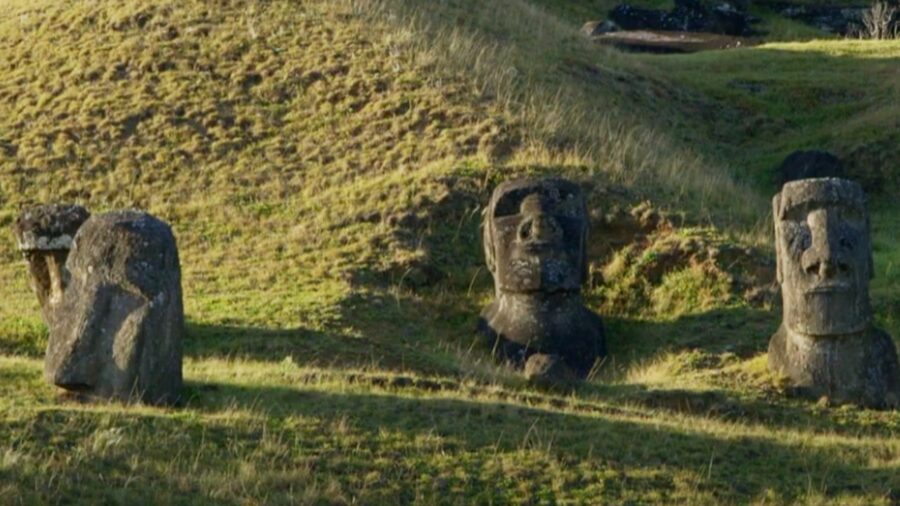
If the Rapanui of Easter Island were, in fact, making this ocean trip and mingling with Native Americans during this time, it would alter some of what we believe to be the history of the Americas.
Mainly, it further reduces the Eurocentric view of the “discovery” of America even more than what is already out there.
Of course, there were already vibrant cultures living in the Americas at the time of Columbus. That we all know, but now it seems that other cultures, like those of the Rapanui on Easter Island, were making the trip hundreds of years prior.
A Bigger Mystery?
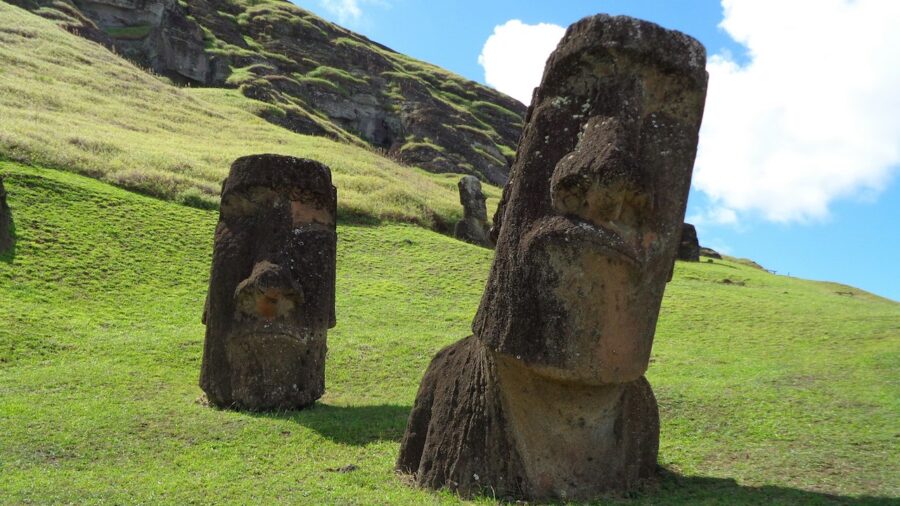
In all, these findings about Easter Island continue to lend intrigue and a fair bit of mystery to a culture that already seemed well ahead of its time. And that was even before we knew they were traveling the ocean blue and meeting Native Americans on their travels.
Source: Nature












